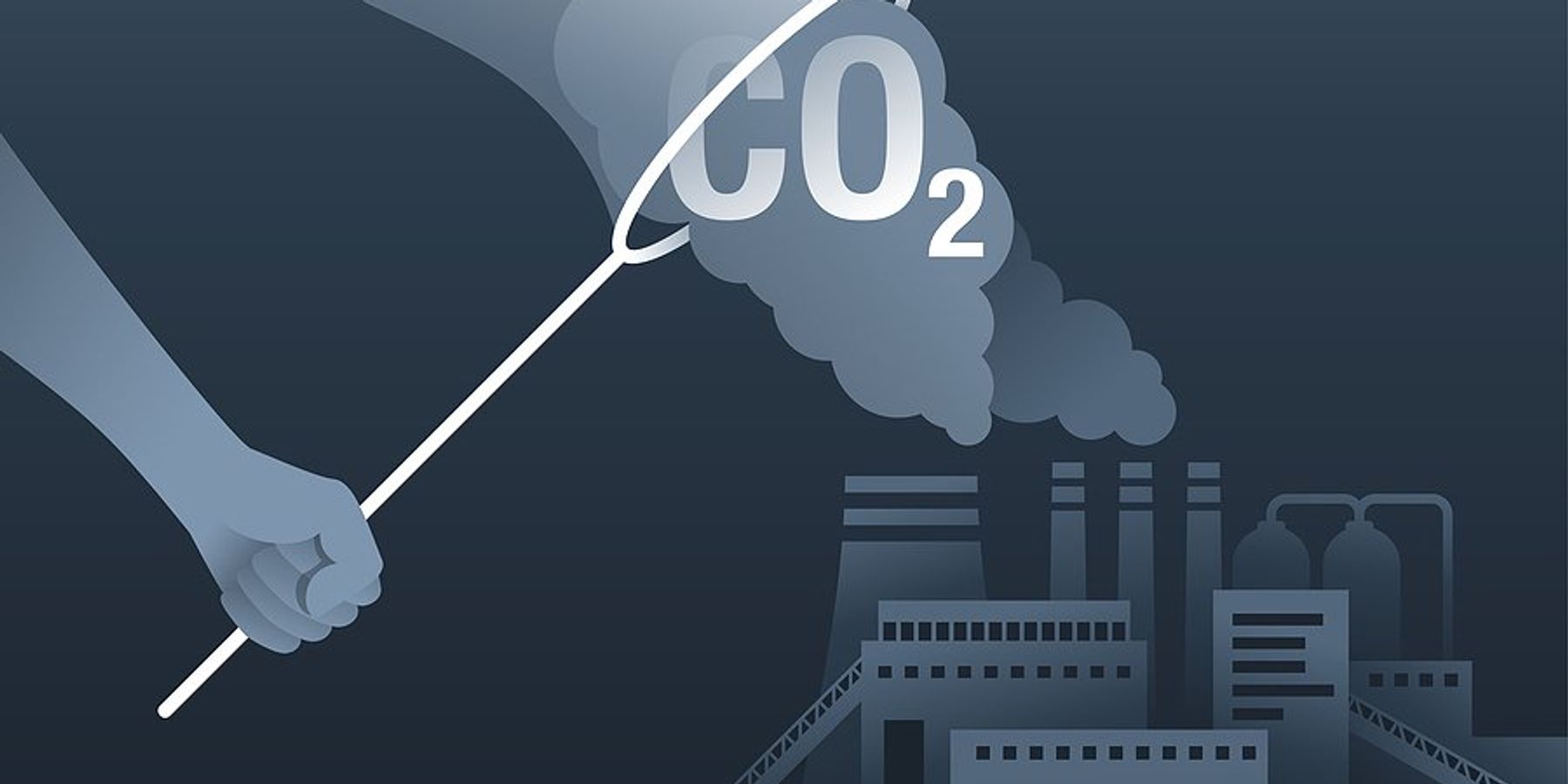Sadiq Khan in U-turn on ‘eco’ wood-burners amid pollution fears
The Guardian reporters Jon Ungoed-Thomas and Skyler King write that the mayor of London, Sadiq Khan, has withdrawn his endorsement of wood-burning stoves promoted as “environmentally friendly” after a surge in sales of the appliances, which contribute to harmful air pollution.
In a nutshell:
In 2018, Khan endorsed Ecodesign stoves to encourage households to switch from open fires and older stoves, but their emissions of toxic particulate matter have raised health concerns. Domestic wood burning has increased significantly, resulting in more small particle pollution than all road traffic in the UK, contributing to respiratory and cardiovascular diseases. The mayor's decision comes as part of his commitment to tackle air pollution and the climate crisis in London.
Key quote:
A spokesperson for the mayor said: “The mayor has made it one of his top priorities to tackle the twin dangers of London’s air pollution and the climate crisis.
The big picture:
Exposure to PM2.5 particulate matter emitted by wood-burning stoves poses significant health risks. These tiny particles can penetrate deep into the lungs, leading to respiratory and cardiovascular diseases. The harmful effects of PM2.5 have been linked to premature deaths, and concerns have been raised over the increasing levels of wood-burning emissions in urban areas. Health experts emphasize the need for proper awareness and regulation to address the health implications of using wood-burning stoves.
Read the article at The Guardian.
Around the world, nearly three billion people rely on solid fuels (primarily wood, dung, crop residues, and charcoal) to meet cooking and heating needs. The resulting pollution is estimated to account for three million premature deaths per year, largely from pneumonia in children, writes Misbath Daouda.













